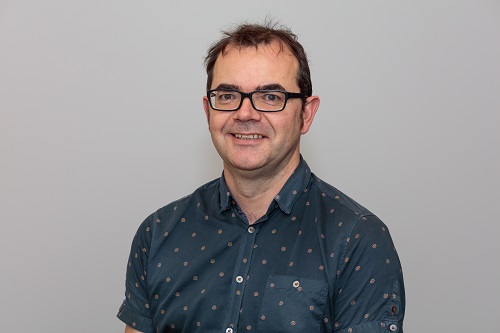Source: University of Waikato
University of Waikato researchers have launched a nationwide survey asking New Zealanders how far they’re prepared to travel for work and other services, as the ‘20-minute city’ concept gathers momentum.
Environmental Planning Professor Iain White and a team of researchers are asking New Zealanders how they want to live and get around our cities, so councils and planning organisations can better map where we will all live in the future.
The idea of a 20-minute city, where all your needs can be reached within 20 minutes of your home, has gathered pace as it could help address wider issues connected to the housing or climate crises, while improving the quality of life of existing residents. The concept is already used in the likes of Paris, which uses the term ‘15-minute city’, and Melbourne, which uses ‘20-minute neighbourhood’.
Professor White says while the concept has been implemented around the world, there has been limited research to figure out what approach works best in a New Zealand context, or if the idea meets expectations of the people living here.
“We need to be careful in applying concepts from overseas, and so we need to collect data on what is of value to people in our towns and cities and how they prefer to get there.
“My team and I have recognised that without more research, the concept may not fit the wants and needs of those within our community. For example, travel patterns can differ by age and ability, as well as external factors such as time of day,” says Professor White.
Data gathered is designed to help inform policy and future planning for city councils who can use it to analyse urban form, develop future spatial planning policies and potentially inform infrastructure investment.
The survey is designed to hear first hand what New Zealanders prefer.
Hamilton City Council’s City Planning Team Leader, Paul Bowman, hopes the survey findings will provide valuable insight into how Hamiltonians choose to move around their city.
“International research shows the benefit of this approach to planning for our city, but we want to put that in a Hamilton-context,” he says.
Bowman said the findings will help inform a range of work for Council, including looking at walkable catchments and land use responses as Council responds to the National Policy Statement on Urban Development.
“We’re looking at how Hamilton grows up, and out, and transport choice is a huge consideration in that now, and in the future, as part of a well-functioning city.”



